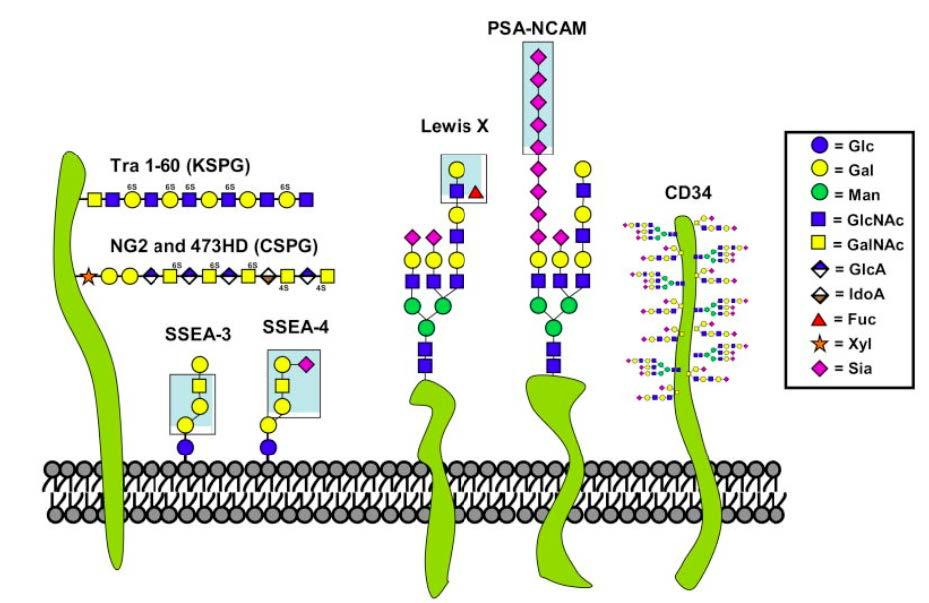Glycomics is a field that is a logical offshoot of the fields of genomics and proteomics and is considered as a sub-discipline of metabolomics. Glycobiology is the study of the structure, function and structure-function relationships of carbohydrates known to carry and store significant biological information crucial in virtually all physiological and pathophysiological processes.
The DNA blueprint of a cell, the genome, encodes the proteome. Intron and exon splicing in eukaryotes complicates the structural proteomics and the function of each protein (functional proteomics). The proteome is directly responsible for the synthesis of the metabolome (all natural products). The proteome is further complicated by posttranslational modification, the most frequent of which is glycosylation. Over 60% of human proteins are glycosylated yet the structure and function of this glycosylation is relatively unexplored. Moreover, every animal cell is surrounded by a complex coating of carbohydrates known as the glycocalyx that is critical in modulating various processes including signaling, cell-cell interaction, cell adhesion and migration (Figure 1). The fields of structural and functional glycomics are being studied in the Bioatalysis and Metabolic Engineering (BCME) Constellation.

Figure 1. The glycocalyx of an animal cell containing membrane-bound glycolipids, glycoproteins and proteoglycans (Lanctot, P. M., et al, 2007, Curr. Opin. Chem. Bio).
